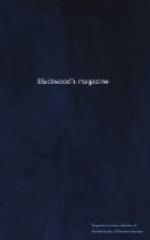After hearing the evidence, the grand jury endorse upon the bill their judgment of the truth or falsehood of the charge. If they think the accusation groundless, they write upon it, “not found,” or “not a true bill;” in which case the bill is said to be ignored: but, on the other hand, if twelve at least are satisfied of the truth of the accusation, the words “true bill” are placed upon it. The bill is then said to be found. It then becomes an indictment, and is brought into court by the grand jury, and publicly delivered by the foreman to the clerk of arraigns, or clerk of the peace, as the case may be, who states to the court the substance of the indictment and of the indorsement upon it. If the bill is ignored, and no other bill is preferred against the party, he is discharged, without further answer, when the grand jury have finished their labours, and have been themselves discharged. To find a bill, twelve at least of the jury must agree; for no man, under this form of proceeding at least, can be convicted even of a misdemeanour, unless by the unanimous voice of twenty-four of his equals; that is, by twelve at least of the grand jury assenting to the accusation, and afterwards by the whole petit jury of twelve more finding him guilty upon the trial.
This proceeding is wholly ex parte. As the informal statement of the crime brought the supposed criminal to answer before the inferior tribunal, so does the formal accusation call upon him to answer before the superior court. The preliminary proceedings being now complete, and every step having been taken which is necessary to put the accused upon his trial, the ex parte character of the proceedings is at an end. The time approaches when the accused must again be brought face to face with his accusers; and when, if he has been admitted to bail, his sureties must deliver him up to the proper authorities, or their bond is forfeited; in which case, a bench warrant for




